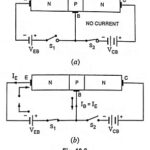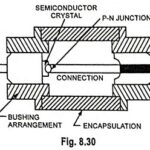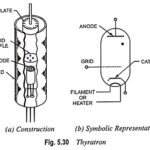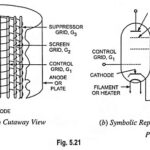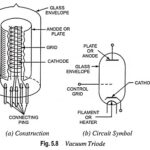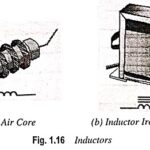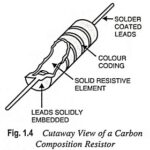What is Transistor Biasing? – Types of Biasing
What is Transistor Biasing? - Types of Biasing As already mentioned, for normal operation of a transistor emitter-base junction is always forward biased and collector-base junction is always reverse biased.…

